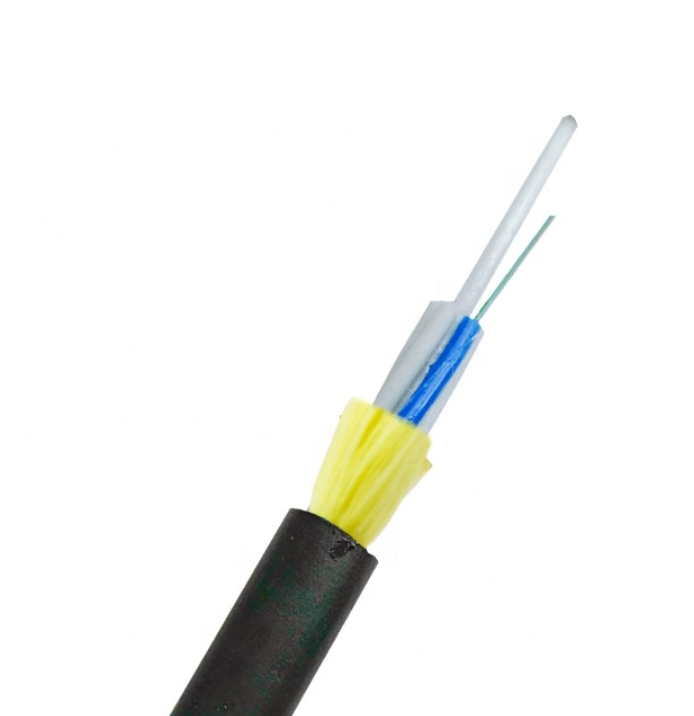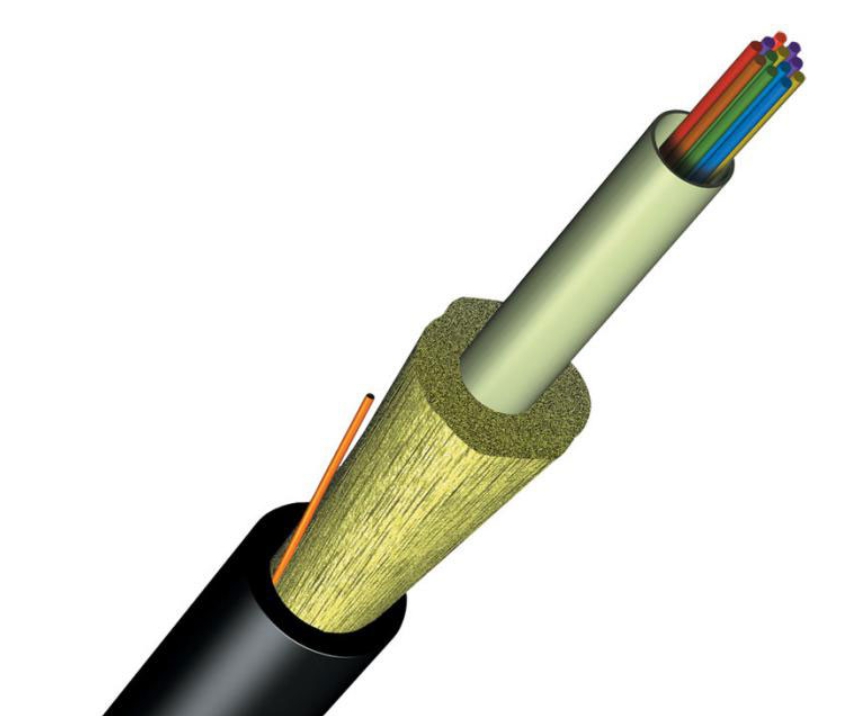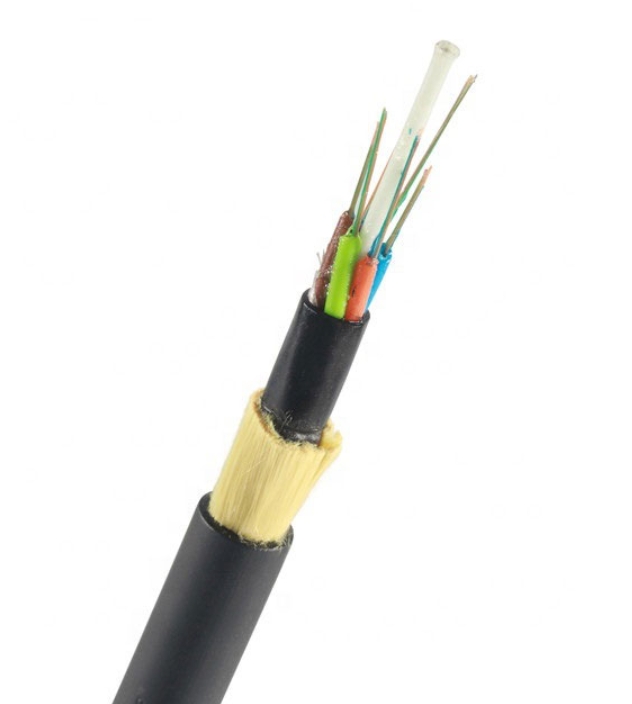What is ADSS Fiber Optic Cable Used for? All Dielectric Self Supporting Cable
What is ADSS Fiber Optic Cable Used for? All Dielectric Self Supporting Cable
Blog Article
In the power system, there are two main types of fiber optic cables commonly used on high-voltage overhead transmission lines. One is the fiber composite phase (ground) cable. And the other is the all-dielectric supported optical cable, called ADSS fiber optic cable. ADSS cable is suitable for installation on established lines. Although the number of OPGW optical cable lines has increased dramatically with the increase in infrastructure projects in recent years. There are still a large number of old lines that need to erected with ADSS optical cables to ensure the optical fiber communication of the power system. In addition, please note that ADSS optical cables suitable for erecting lines in medium and light ice areas. But not for erecting lines in heavy ice areas.
ADSS Cable Overview

Structure and characteristics of All Dielectric Self Supporting Cable
At present, the structure of ADSS fiber optic cable widely used in power systems mainly includes three types. The Central loose tube ADSS cable, single sheath layered multi-strand ADSS cable and double sheath layered multi-strand ADSS cable.
Central Tube Structure of ADSS Cable

Single sheath and Double Sheath Layered Twisted Structure of ADSS Optical Cable

The twisted structure is easy to obtain a safe fiber excess length, and it has advantages in medium and large span applications despite the relatively large diameter and weight.
All Dielectric Self Supporting Fiber Optic Cable Features
High-strength aramid yarn with high elastic modulus used as a tensile element. Aramid yarn (Vectran) is a high-strength, high-modulus polyarylate fiber product, mainly made of polyarylate fiber. Kuraray introduced in the 1990s. The characteristics of the fiber are: excellent low creep, non-hygroscopicity, high mechanical and physical properties at very low temperatures, and moisture and abrasion resistance. The strength of Vectran is about 6 times that of ordinary polyester fiber, which is equivalent to the strength of metal fiber. And the material is light (the strength is about 5-6 times that of steel wire at the same weight), does not absorb moisture, has strong low-temperature characteristics, and will not freeze at ultra-low temperatures. Vectran has high tensile strength, low hygroscopicity (no hygroscopicity), dimensional stability (elongation less than 2.5%), good heat resistance (heat resistant temperature above 400C), wear resistance, cut resistance, acid resistance, impact resistance, and excellent flame retardancy. Vectran fiber has better wear resistance, UV resistance, and low moisture absorption than Kevlar and Twaron.
ADSS fiber optic cable has a small geometric size, and the weight of the cable is only 1/3 of that of ordinary optical cable. It can be directly hung on the appropriate position of the power pole, and the additional load on the pole is small. The outer sheath impregnated with neutral ionization. Which makes the optical cable have strong resistance to electrical corrosion. ADSS optical cable made of metal-free material with good insulation performance to avoid lightning strikes. When the power line fails, it will not affect the normal operation of the optical cable. Using existing poles and towers, it can be built without power failure. And it can erected on the same pole as the power line, which can reduce engineering costs. The operating temperature range is wide: -40 ~ + 70 ℃. Wide span range: 50 ~ 1200m.
TOEM produces fiber optic indoor/outdoor cables, fiber optic distribution frames, fiber optic cable assemblies, etc. At the same time, it also produces optical transceiver modules, which can provide different packaging types, transmission distances and transmission rates, and also have the characteristics of stable performance and strong compatibility. Report this page